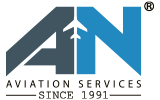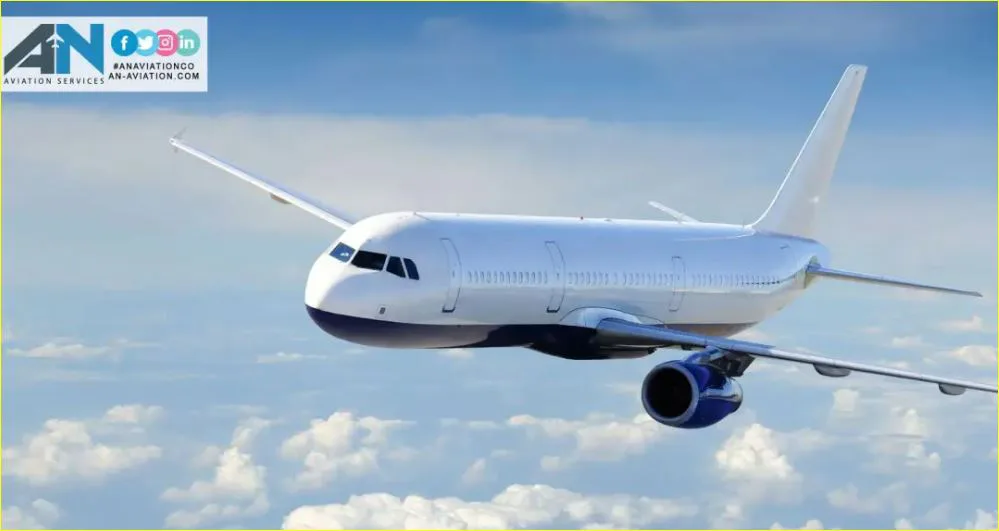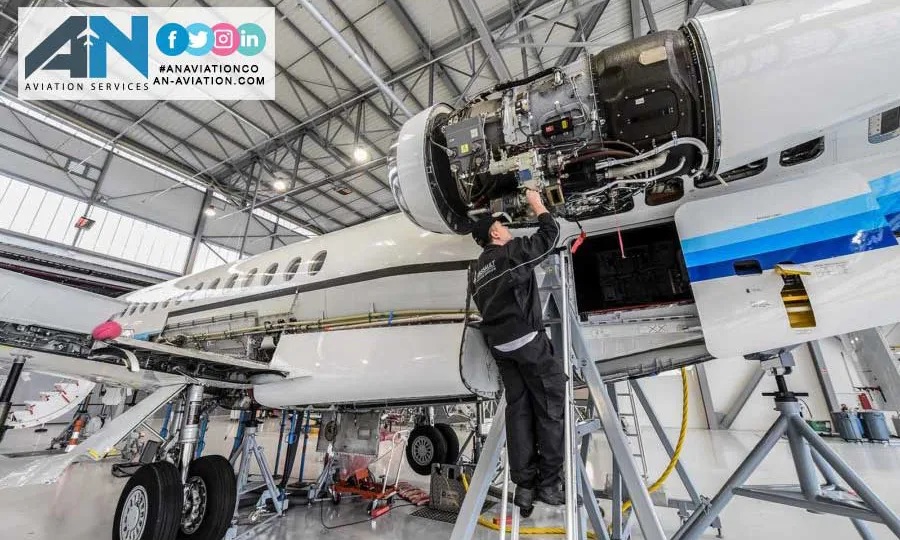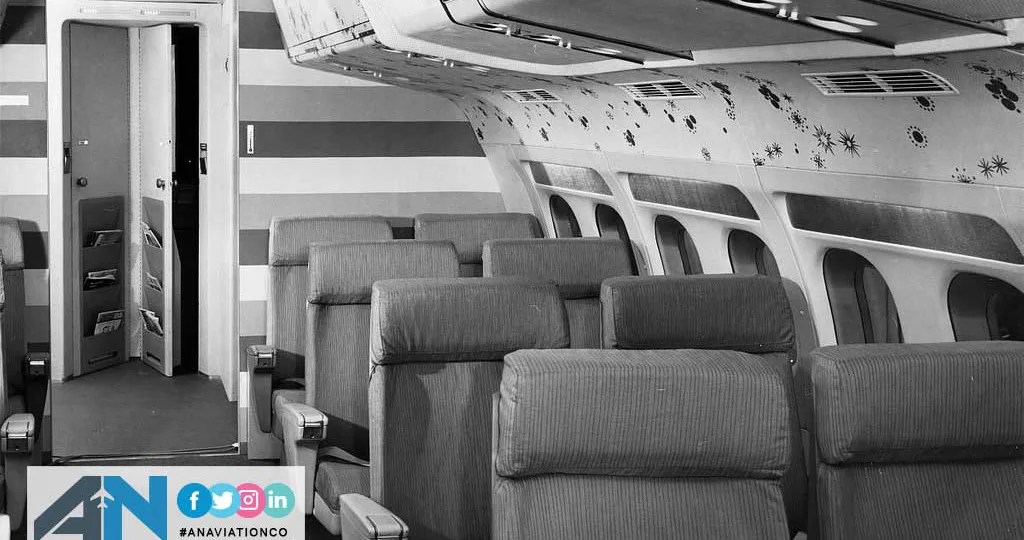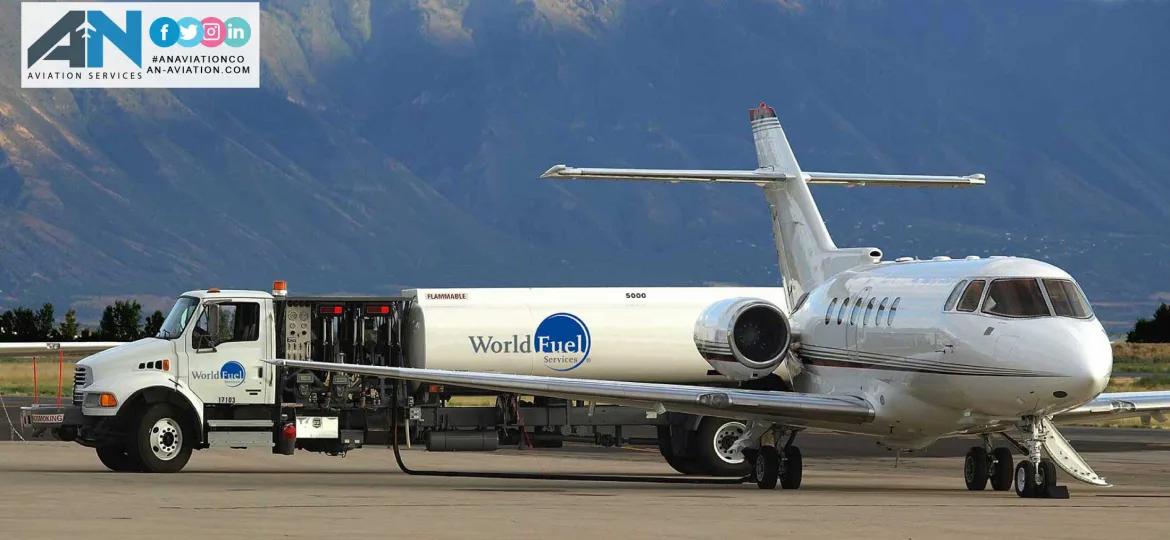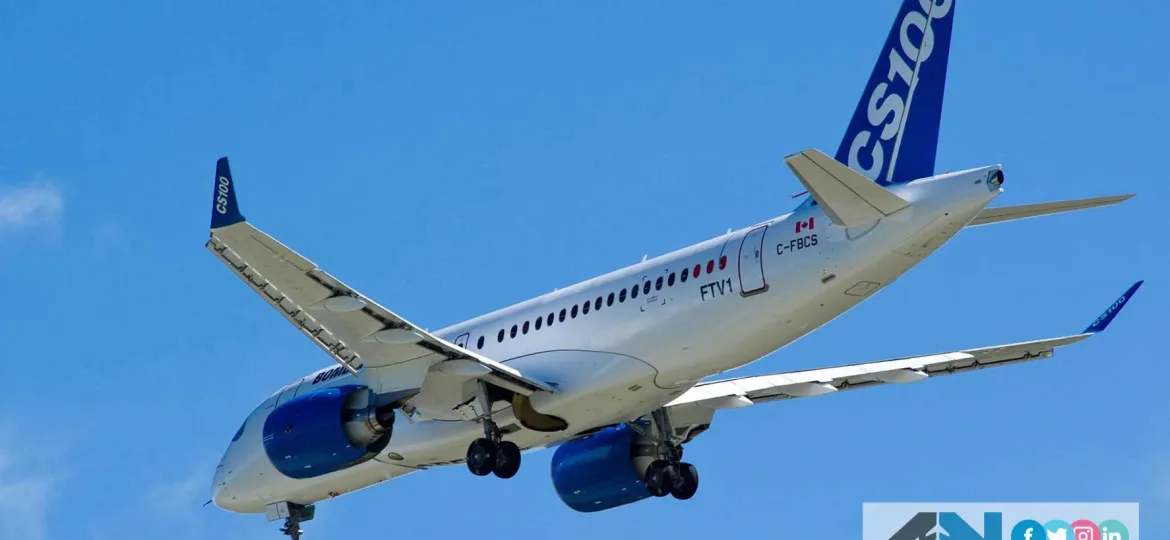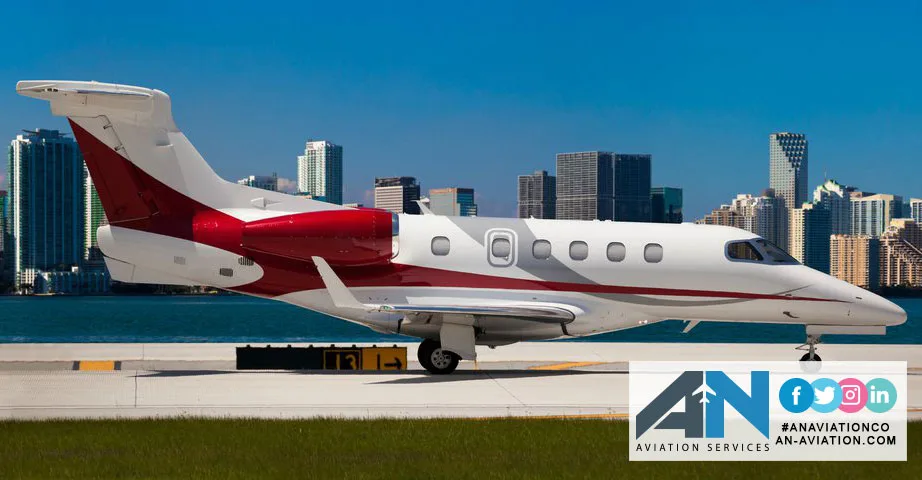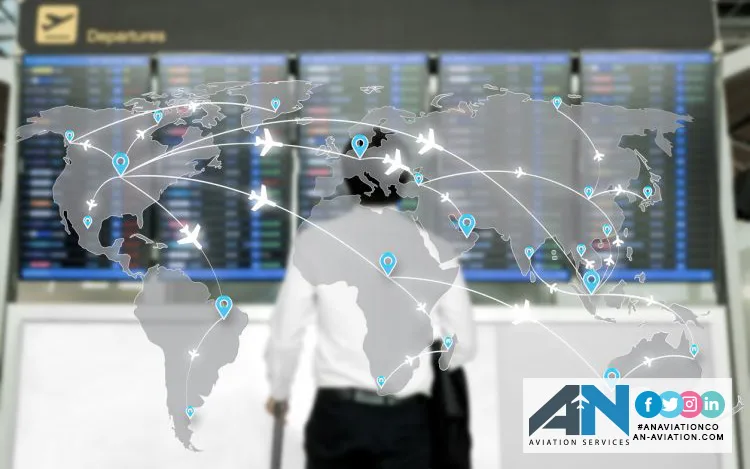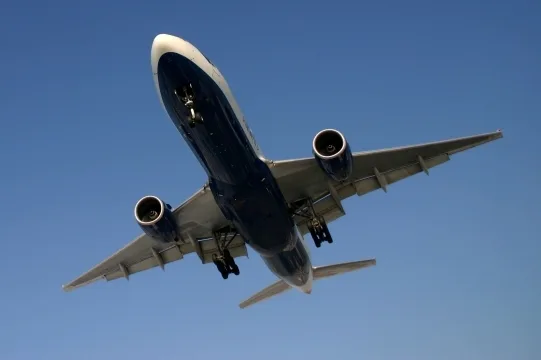Every time you board a plane, settle into your seat, and prepare for takeoff, you’re stepping into a highly orchestrated process that’s been fine-tuned for safety, precision, and efficiency.
plane
In the early days of aviation, flying was an exclusive experience, reserved for the wealthy and adventurous. Passengers traveled in small, unpressurized cabins, and flying was considered more of a novelty than a necessity.
The aviation industry relies on skilled professionals to keep planes safe and operational, and one of the most vital roles in this field is that of an aircraft mechanic.
The world of aviation is a constantly evolving field where safety, comfort, and efficiency go hand in hand. Among the many advancements in the aviation industry, the transformation of the airplane interior stands out as a crucial element.
If you’ve ever wondered how much aircraft fuel is required for a flight, you’re not alone. Whether it’s a short hop between cities or a long-haul international journey, calculating fuel for an aircraft involves careful planning and precise regulations.
The future of aviation will impact your travel experiences, the technological developments that will make flights more efficient and eco-friendly, and what to expect in the coming years.
Understanding these options is key to making an informed decision and getting the most out of your private jet experience. In this guide, we’ll take a closer look at different private jet categories, their features, and help you find the best option for your travel plans.
For modern aviation, having a detailed flight path map is essential to ensure the safety, efficiency, and overall experience of every journey.
When you see an airplane gracefully turn in the sky, it’s the ailerons that make it happen. These small but essential parts of an aircraft’s control system are responsible for managing the plane’s roll and helping it perform smooth
